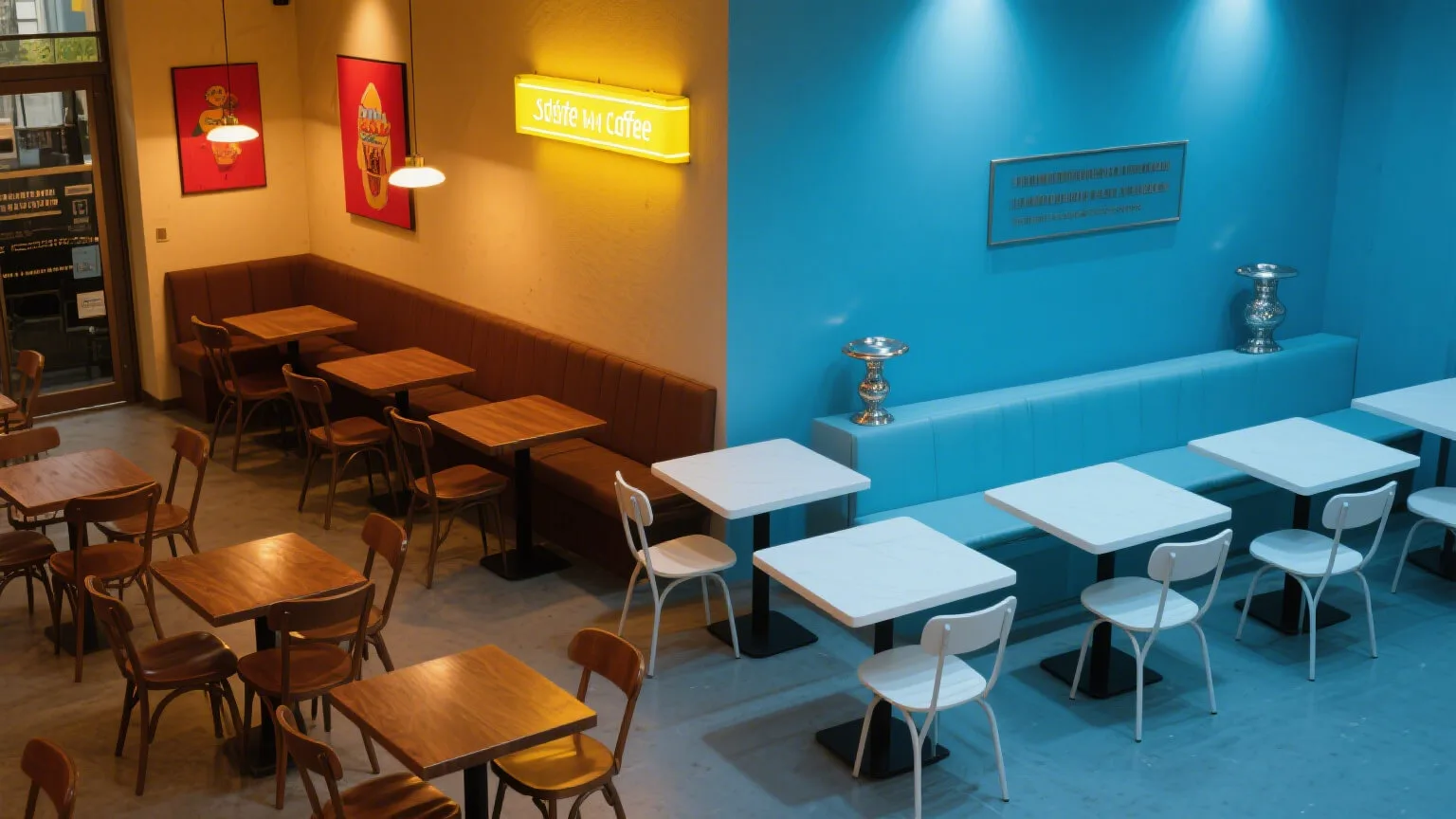Color temperature can make or break your indoor lighting design. Whether you’re renovating a cozy bedroom, setting up a home office, or upgrading your kitchen, picking the right Kelvin (K) value ensures your space feels inviting, functional, and visually harmonious. This guide explains how to select the ideal color temperature for every room, with practical examples and expert tips.
What Is Color Temperature?
Measured in Kelvin (K), color temperature defines the warmth or coolness of light:
- Warm White (2000K–3000K): Yellowish, candle-like glow for relaxation.
- Neutral White (3500K–4500K): Balanced, natural light for clarity.
- Cool White (5000K–6500K): Blue-toned, daylight-like brightness for focus.
Room-by-Room Color Temperature Guide
1. Living Room: Warm White (2700K–3000K)
- Why: Creates a cozy, welcoming atmosphere for lounging and entertaining.
- Tips:
- Pair with dimmable LEDs to adjust brightness for movie nights.
- Avoid cool tones—they can feel sterile in social spaces.
2. Bedroom: Soft Warm White (2200K–2700K)
- Why: Mimics sunset hues to promote melatonin production and relaxation.
- Tips:
- Use bedside lamps with warm dimmable bulbs.
- Skip cool white—it disrupts sleep cycles.
3. Kitchen: Neutral White (3500K–4000K)
- Why: Enhances visibility for cooking while maintaining warmth.
- Tips:
- Install under-cabinet LED strips (4000K) for task lighting.
- Avoid overly warm tones—they distort food colors.
4. Home Office: Neutral to Cool White (4000K–5000K)
- Why: Boosts alertness and reduces eye strain during screen work.
- Tips:
- Combine overhead neutral lights (4000K) with a cool white desk lamp (5000K).
- Too warm? You might feel drowsy.
5. Bathroom: Neutral White (3000K–4000K)
- Why: Provides bright, accurate light for grooming without harshness.
- Tips:
- Install vanity lights at 3500K–4000K for makeup application.
- Avoid cool white—it can cast unflattering shadows.
6. Hallways & Entryways: Warm White (2700K–3000K)
- Why: Feels inviting and guides movement without glare.
- Tips:
- Use wall sconces or pendant lights for a soft welcome.
3 Common Mistakes to Avoid
- Mixing Clashing Temperatures:
- Don’t pair a 2700K pendant light with 5000K recessed LEDs—it creates visual chaos.
- Ignoring Room Function:
- Cool white in a bedroom or warm white in a garage often backfires.
- Overlooking Dimming Options:
- Fixed-color bulbs limit flexibility. Choose tunable white LEDs for multi-use spaces.
How to Test Color Temperature
- Buy Sample Bulbs: Test 2700K, 3500K, and 5000K in your space at different times of day.
- Use Smart Bulbs: Brands like Philips Hue let you adjust color temperature via an app.
- Observe Natural Light: Match artificial lighting to your room’s daylight tones (north-facing rooms need warmer light).
Best Lighting Products by Color Temperature
- Warm White: Philips Hue White Ambiance (2200K–6500K adjustable).
- Neutral White: Cree Lighting 4FT LED Linear Fixture (4000K).
- Cool White: GE UltraBright LED Daylight (5000K).
Final Tips for Perfect Color Temperature
- Layer Lighting: Combine warm ambient lights with neutral/cool task lights.
- Check CRI (Color Rendering Index): Aim for CRI >80 to ensure colors look natural.
- Label Your Bulbs: Note the Kelvin value when replacing old fixtures.



